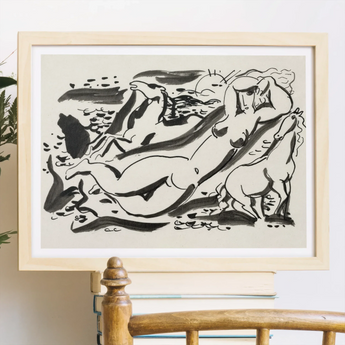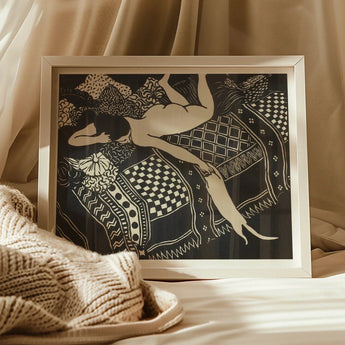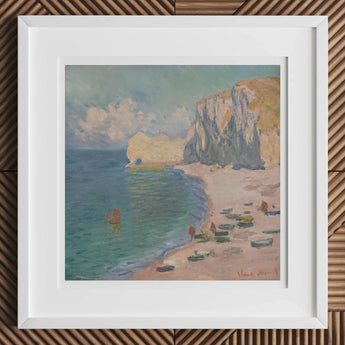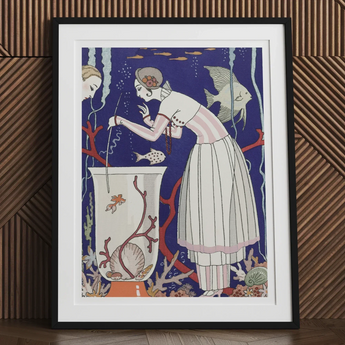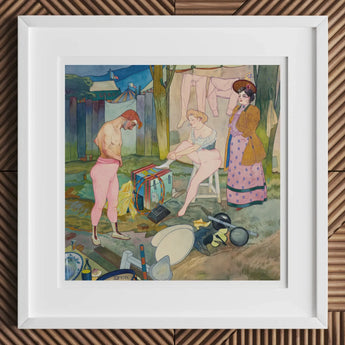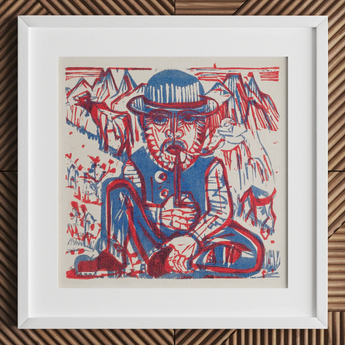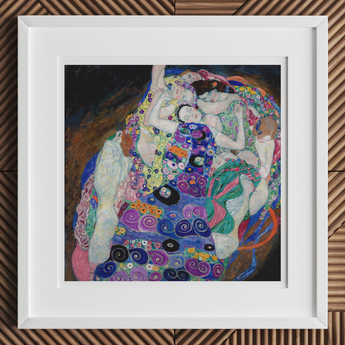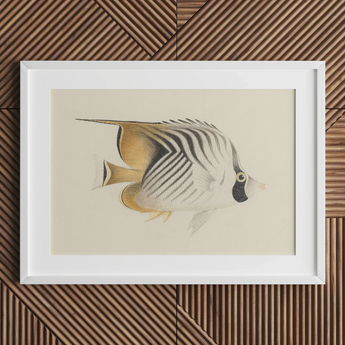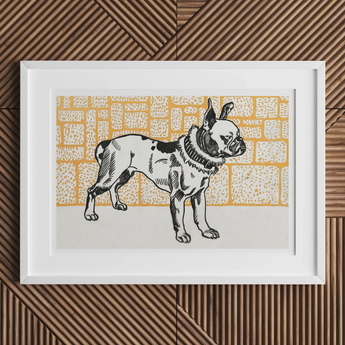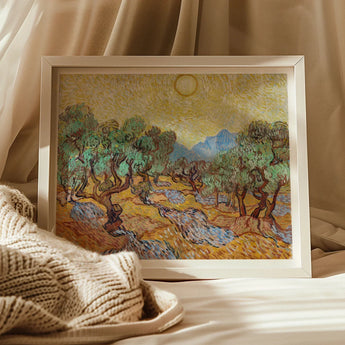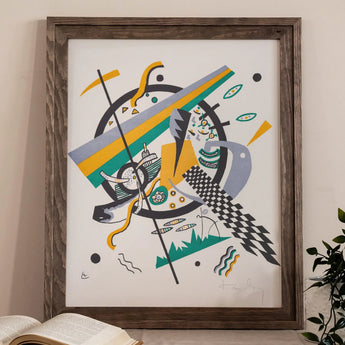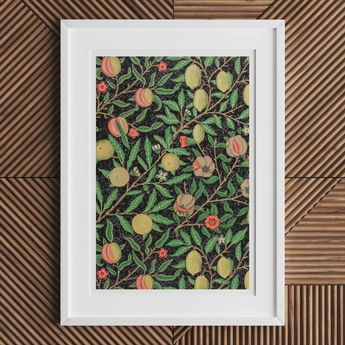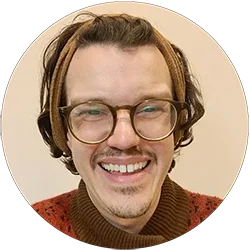Vincent van Gogh
Dive headfirst into the swirling, starry world of Vincent van Gogh, the Dutch dynamo who set the art world ablaze with his chromatic sensations and brushstroke bravado. This post-impressionist icon transformed canvases into emotional infernos. Born in Zundert's pastoral embrace, each painting's a portal into his tempestuous psyche.

Quick view 
Quick view 
Quick view 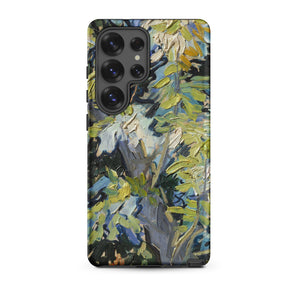
Quick view 
Quick view 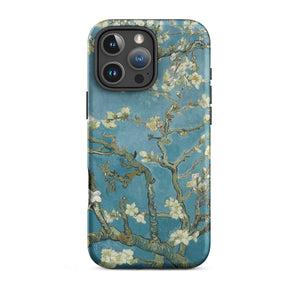
Quick view 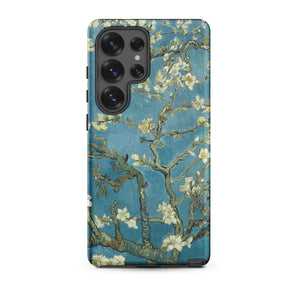
Quick view 
Quick view 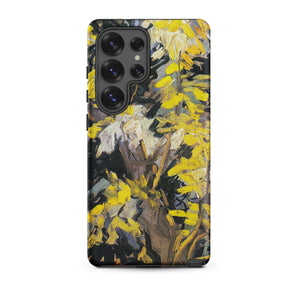
Quick view 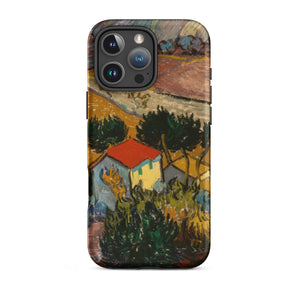
Quick view 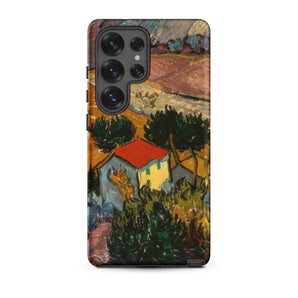
Quick view 
Quick view 
Quick view 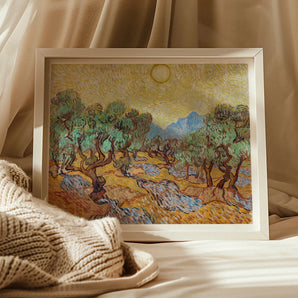
Quick view 
Quick view 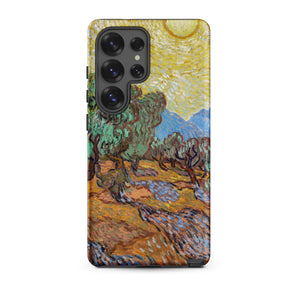
Quick view 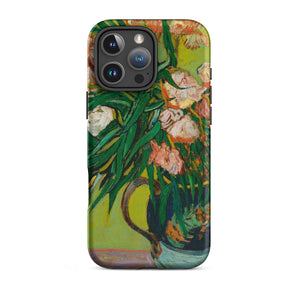
Quick view 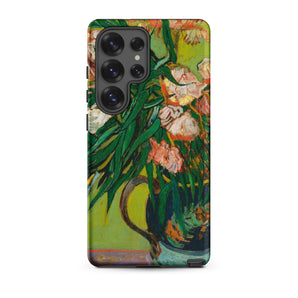
Quick view 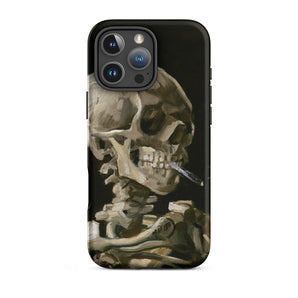
Quick view 
Quick view 
Quick view 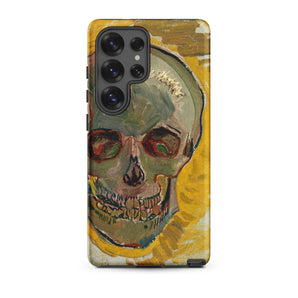
Quick view 
Quick view 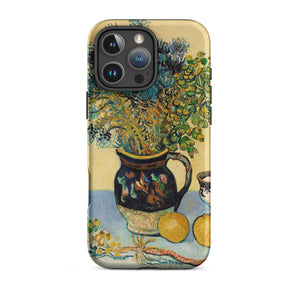
Quick view 
Quick view 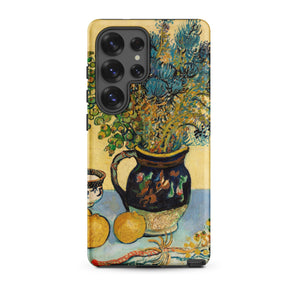
Quick view 
Quick view 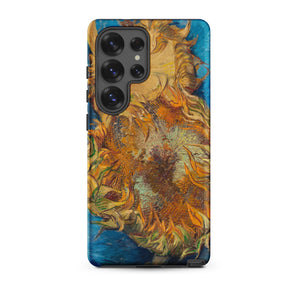
Quick view -
Your Latest Loves
FAQs
About this collection
Vincent van Gogh did not simply paint—he set fire to the canvas, pouring the raw, untamed light of his soul into every fevered brushstroke. His was a vision that could not be contained, a world where sunflowers burned like golden lanterns, wheatfields thrashed under crow-darkened skies, and the night itself swirled, alive with restless stars.
Born in Zundert, Netherlands, he wandered through the shadows of obscurity, painting in earthen tones, studying the toil of peasant life. But it was in the dazzling streets of Paris, beneath the electric glow of the Impressionists, that his palette erupted—blues sharpened, yellows thickened, brushstrokes thick with movement. He fled to Arles, seeking light, solitude, and the dream of an artist’s commune, but found only ghosts.
In Saint-Rémy’s asylum, he painted the world as he felt it—not seen, but lived—each stroke trembling with longing. The Starry Night, Irises, The Bedroom—each a self-portrait in color, an open wound of brilliance. His story ends in Auvers-sur-Oise, in a wheatfield that swallowed both sorrow and sun, but his vision never dimmed. He left behind not just paintings, but a revolution of color, an emotional reckoning in oil and light. And still, over a century later, the stars he painted burn on.
From the earthy "Olive Trees" series to the floral pirouettes of "Almond Blossom", van Gogh's oeuvre is a rollercoaster ride through the human condition, rendered in impasto thick enough to sculpt. His sunflowers aren't mere still lifes; they're solar flares of yellow defiance against the encroaching shadows of his inner turmoil. Vincent's brief, blazing career — a mere decade of feverish creation — left an indelible mark on Western art, his influence radiating like the concentric circles of his cypresses.
This troubled genius, supported by his brother Theo's unwavering devotion, battled poverty and mental anguish with palette knife and paintbrush, each artwork a primal scream of color against the void. From the wheat fields of Arles to the asylum at Saint-Rémy, van Gogh's journey was a tightrope walk between madness and brilliance, culminating in the haunting beauty of Auvers-sur-Oise's undulating landscapes.
Though his life was cut tragically short at 37, Vincent's legacy burns eternal, his bold strokes and audacious hues forever redefining the boundaries of artistic expression and inspiring generations to see the world through star-kissed eyes.
What were Vincent van Gogh's periods?
His life was a shifting palette, each chapter a brushstroke in a masterpiece too vast for time to frame. Born in Zundert, Netherlands, Van Gogh did not come into the world wielding color, but found it through hardship, self-exploration, and an unyielding hunger for beauty.
His early years—1853 to 1880—were spent in darkness, his canvases heavy with the weight of Realism, the color of earth, toil, and peasant life. Then came Paris (1886-1888), where Impressionism bled into his vision, where he met Toulouse-Lautrec and Pissarro, and his work brightened, electrified.
In Arles (1888-1889), the Southern sun set fire to his brush, giving the world Sunflowers, The Yellow House, and The Starry Night. But madness lingered in the shadows. Saint-Rémy (1889-1890) became his sanctuary and his prison, where swirling skies and tormented landscapes spilled from his mind in an unstoppable current.
His final days in Auvers-sur-Oise (1890) were a fever dream of wheat fields and crows, golden swells of sorrow and longing. And then—like a final stroke on an unfinished canvas—he was gone. The colors remain, but the hand is still.
Is van Gogh French?
No—he was Dutch, through and through, though fate carried his art into the very heart of French Post-Impressionism. Born in the flat, wind-worn lands of the Netherlands, he carried the soul of a Dutch master—introspective, deeply influenced by Rembrandt and the play of light on humble lives.
Yet, it was in France that his vision ignited. Paris gave him color, Arles gave him light, Saint-Rémy gave him reflection, and Auvers-sur-Oise gave him an ending. But through it all, he remained a wanderer of two worlds—rooted in Dutch soil, yet forever painting the sky of France.
What are 3 interesting facts about van Gogh?
He painted against time itself. Van Gogh did not pick up a brush until he was 27 years old, yet in just a decade, he created over 2,100 artworks, defying the notion that genius must bloom early.
He cut off his own ear. A moment of madness, a quarrel with Paul Gauguin, and a blade—Van Gogh severed his left ear in 1888, wrapping it in cloth and offering it to a woman at a brothel. Was it despair? A gesture of penance? A cry for help? No one knows, but the wound echoes through art history.
His fame came posthumously. In life, he sold only one painting, a quiet sorrow buried beneath layers of brilliance. Yet after his death, his sister-in-law, Johanna van Gogh-Bonger, championed his work—and the world finally saw what Vincent had always known.
What are some of van Gogh's most famous paintings?
His art is a lexicon of longing, each piece a diary entry written in oil and light.
Starry Night (1889)—a tempest of cobalt and gold, painted from the window of a sanitarium in Saint-Rémy. The swirling cosmos mirrors his restless mind.
Sunflowers (1888-1889)—a series drenched in yellow, ochre, and brilliance, meant to decorate Gauguin’s bedroom in the Yellow House.
The Potato Eaters (1885)—a grim study of peasant labor, hands gnarled by toil, lit only by meager candlelight.
Wheatfield with Crows (1890)—painted mere weeks before his death, a landscape heavy with foreboding, the black wings of crows splitting the golden horizon.
Irises (1889)—vivid, curling blossoms, painted from the gardens of the asylum where he sought peace but never found it.
These are more than paintings; they are fragments of a man who lived, loved, and suffered in color.
Were van Gogh and Paul Gauguin friends?
They were more than friends—they were rivals, muses, and ultimately, a tragedy. When Van Gogh invited Gauguin to Arles in 1888, he dreamed of an artist’s utopia, a sanctuary where brushes would move in harmony. For nine weeks, they lived together, painting side by side, their styles crashing against each other like waves against stone.
But where Van Gogh was fire, Gauguin was ice. Their visions clashed. Their tempers burned. And then—the breaking point. A fight, a severed ear, Gauguin leaving in the night, never to return. Yet, their brief collaboration left an indelible mark, their canvases forever whispering the echoes of their stormy friendship.
What are some notable quotes from van Gogh?
His words, like his paintings, pulse with a desperate, radiant urgency, as if he knew time was slipping through his fingers.
“I dream my painting, and then I paint my dream.”
“Normality is a paved road: It’s comfortable to walk, but no flowers grow on it.”
“What would life be if we had no courage to attempt anything?”
“There is nothing more truly artistic than to love people.”
“I put my heart and soul into my work, and have lost my mind in the process.”
His brush spoke in color, but his voice—his voice still lingers, haunting, defiant, and heartbreakingly human.
Where can my order ship to?
Any treasure you find here can be shipped to:
North America
Canada, Mexico, Continental United States
South America
Argentina, Brazil
Europe
Albania, Andorra, Austria, Belgium, Bosnia & Herzegovina, Bulgaria, Croatia, Cyprus, Czechia, Denmark, Estonia, Faroe Islands, Finland, France, Germany, Gibraltar, Greece, Greenland, Guernsey, Hungary, Iceland, Ireland, Isle of Man, Italy, Jersey, Kosovo, Latvia, Liechtenstein, Lithuania, Luxembourg, Malta, Monaco, Montenegro, Netherlands, North Macedonia, Norway, Poland, Portugal, Romania, Russia, San Marino, Serbia, Slovakia, Slovenia, Spain, Sweden, Switzerland, United Kingdom, Vatican City
Middle East & Asia
China, Hong Kong, India, Indonesia, Israel, Japan, Lebanon, Malaysia, Philippines, Singapore, South Korea, Taiwan, Thailand, Türkiye, United Arab Emirates, Vietnam
Africa
South Africa
Oceania
Australia, New Zealand
—
Every package tracked so you can watch your treasure move from A to B to You.
Sent carbon neutral at no extra charge. Helping you gain peace of mind your money's being kind.
Orders to the rest of the world coming as soon as I can!
How much will shipping cost?
Delivery to 60+ countries
Free shipping worldwide — check if we ship to you
When will my package arrive?
USA: 4-9 days • Canada: 5-12 days • UK: 4-9 days • Europe: 5-10 days • Australia: 4-9 days • New Zealand: 5-12 days • Rest of the world: 3-4 weeks
Why the wait? Every treasure you find here is produced after you purchase. So the delivery times include production, quality assurance, thoughtful packaging and shipping. More details on orders and shipping
Every package tracked so you can watch your treasure move from A to B to You.
Sent carbon neutral at no extra charge. Helping you gain peace of mind your money's being kind.
Can I return my order?
1. Open Request
You're welcome to open a return / exchange request within 30 days of your order's delivery. All items for return must be delivered back in their original condition, with their original packaging included.
2. Wait For Approval
Expect a reply within 24-48hr
Once your return's approved, you'll receive the return address, so you can mail items back with confidence. Please wait for approval before mailing anything, to avoid confusion and disappointment.
3. Return Items
Return shipping: You pay for return shipping fees unless you received faulty / incorrect items or they get damaged in transit.
Tracking: Please send your items back with tracking. No refunds can be given for items that aren't received.
On sale: No returns or exchanges for discounted / on sale items unless they arrived damaged or faulty.
Payment method: After your return's approved, you'll be refunded via your original payment method.
...
Learn more about my step-by-step returns process.


